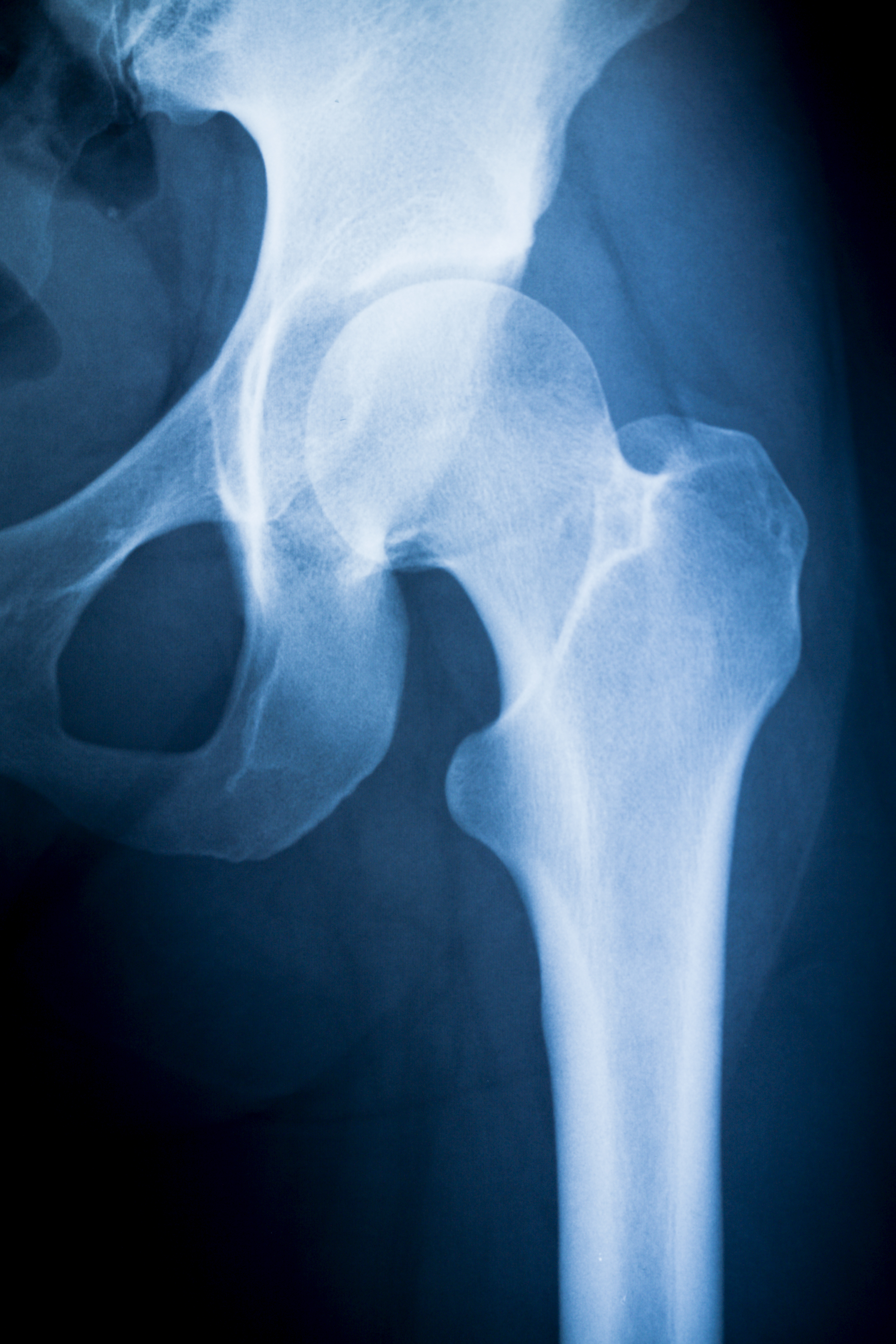Bone Disorder Linked to Steroid Therapy Common in Lupus May Be Treatable via Injections

The bone disorder known as idiopathic osteonecrosis of the femoral head (ONFH) might be caused by high-dose steroid therapy — a common treatment for systemic lupus erythematosus (SLE). A research team at Kyoto University Hospital, Japan, has developed a minimally invasive method to save the thighbone from breaking down, offering hope to lupus patients suffering bone degeneration.
According to a press release, the method, now under scrutiny in a clinical trial, was recently tested in a patient. The procedure employs a technique of injecting gelatin gel filled with basic fibroblast growth factor (bFGF) into the head of the thighbone. Researchers have previously shown that the protein bFGF promotes bone regrowth.
Around 3,000 cases emerge each year in Japan, a number that is likely representative of cases elsewhere, as half are linked to steroid treatment. Bone degeneration is a typical side effect of long-term treatment with corticosteroids, and the condition often appears in people with chronic diseases managed by steroids, such as lupus and other connective tissue diseases. Patients are often in their 20s and 30s, and the bone degeneration presents yet another factor severely impairing their quality of life.
In a majority of patients — 70 to 80 percent — the successive breakdown of bone leads to a total collapse of the thighbone head, a situation managed with hip replacement. This approach, although the only one available to date, is far from optimal, as surgery always poses a risk for infection. The hip prosthetic is also prone to dislocation, presenting the patient with physical limitations. Moreover, hip implants deteriorate over time, making the prospect of further replacement high in young adults.
The research team has previously shown that the method improves fracture healing, and studied the effects on ONFH and in animal models. The method has already been tested in 10 patients with good outcomes.
The current clinical trial, registered in January, has now treated its first patient — a man in his 30s with degeneration affecting both femoral heads. The surgery, completed under epidural anesthesia, was performed at the Kyoto University hospital in mid-February. During the procedure, doctors cut 1 cm-long openings in the side of the bones to allow for the injection. The patient was allowed to walk the following day and left the hospital, on foot, three days later.
If the clinical trial turns out to be successful, the Kyoto University team hopes for a widespread adoption of the method as a treatment for ONFH.






